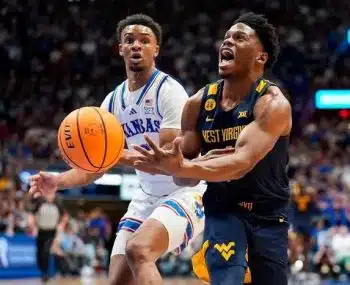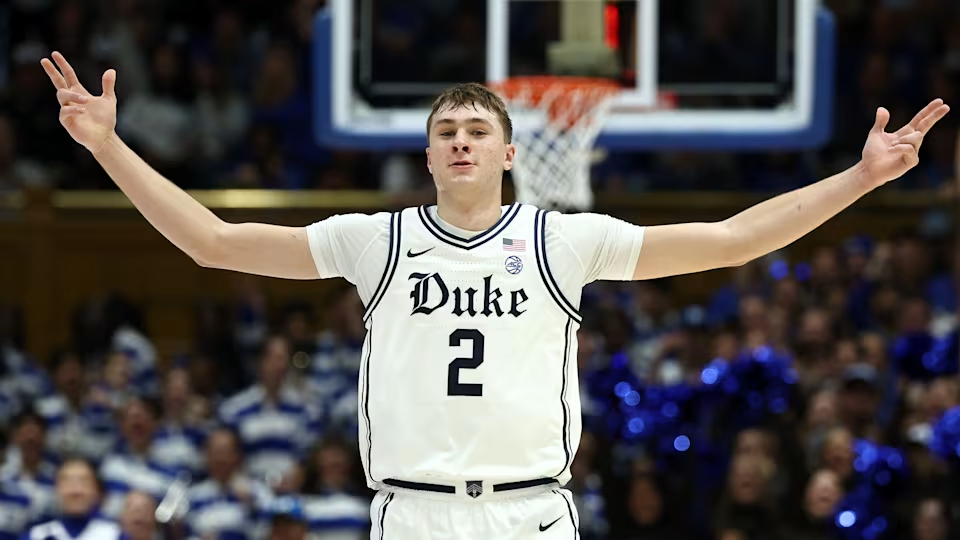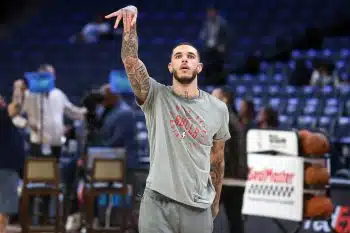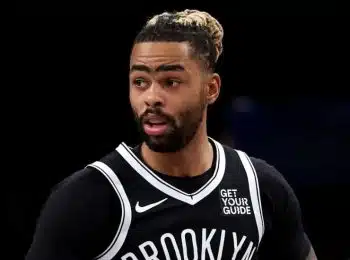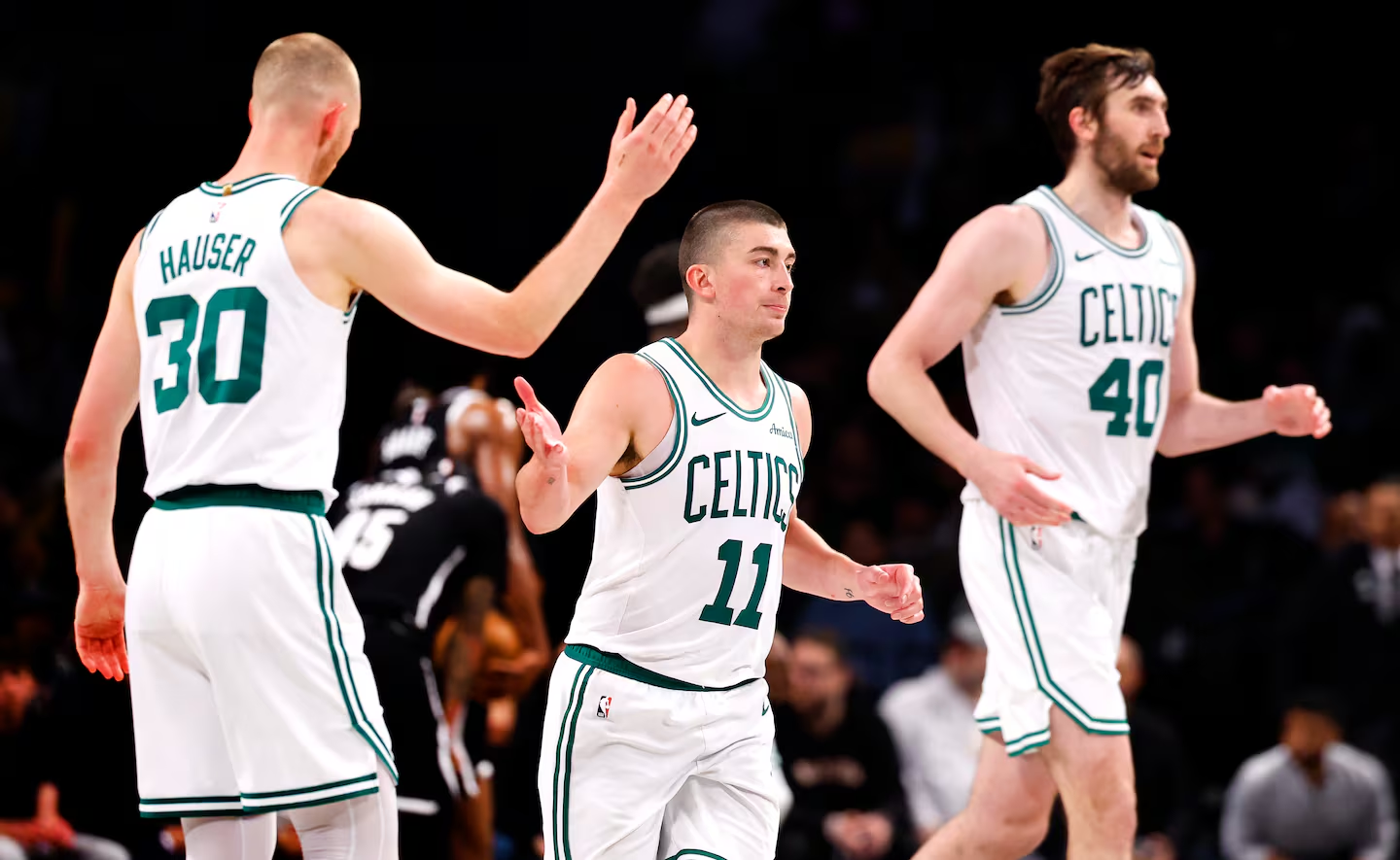NBA
Is Brandon Miller developing into a star wing scorer?
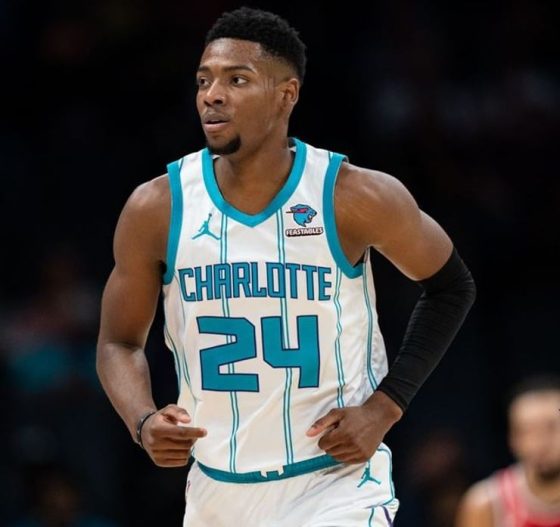
Key Highlights
- Brandon Miller is averaging 16.4 points, 3.9 rebounds and 2.3 assists as a rookie for the Charlotte Hornets
- Over his past 11 games, he’s averaging 23.6 points on 61 percent true shooting and has scored at least 20 points nine times during that span
- He leads all rookies in three-pointers made with 100 and has hit 38.8 percent of his attempts this season
Before last weekend began, Brandon Miller’s career-high through 41 NBA games sat south of 30. Three days later, the sharp-shooting wing has twice eclipsed the mark, scoring 35 in a loss Sunday to the Indiana Pacers and following that up with 33 in a loss Monday to the Los Angeles Lakers.
Since Jan. 19 — an 11-game stretch — the rookie forward is averaging 23.6 points on 61 percent true shooting. After recording 20-plus points in six of his first 32 games, he’s done it nine times over this period. Terry Rozier’s departure, as well as absences from LaMelo Ball and Gordon Hayward, have thrust Miller into grander responsibilities.
Across these 11 games, his usage has spiked from 20.2 percent to 25.4 percent, while his rate of assisted makes has trickled down from 72 percent to 57 percent, according to Cleaning The Glass. Charlotte is directing more offense through him and he’s responding with the most prolific scoring run of his brief career.
All season, the deep ball has been his guiding light. A 38.4 percent outside shooter in his lone year at Alabama, he’s connected on 38.8 percent of his triples with the Hornets. Already having buried 100 long-range looks, he should break DJ Augustin’s franchise rookie record of 108 within the next week.
Where Does Brandon Miller Flourish?
Most of his work comes operating off the ball, and he excels in this role. He’s knocked down 38.5 percent of his 221 catch-and-shoot attempts, and is proficient in a variety of facets: audacious spot-ups, on-the-move jacks, confident hoists against sprawling contests, off-platform bombs.
The entire off-ball arsenal is available to him and Charlotte caters its playbook to accentuate him. His fluidity of movement and snappy one-motion release render him a stressful cover, especially in conjunction with his 6-foot-9 frame. Miller idolized and studied Paul George growing up. It’s easy to see the parallels in their off-ball endeavors.

He’s refined as a holistic off-ball scorer, not solely as an off-ball shooter, too. The former Alabama star sets up screens adeptly, reads cutting and relocation opportunities keenly, and attacks closeouts in a composed and versatile manner.
Whenever Ball returns and builds some consistent health, Miller will thrive off of Ball’s gravity and dexterous playmaking. His current environment simply hasn’t been conducive to regularly spotlighting these traits lately. If defenses are going to shift away from him, he knows how to exploit them.
Capably beating closeouts for young shooters is often a painstaking process. The decision-making speed required to discern through all the options when run off the arc can overwhelm them. Miller avoids those pitfalls. He usually understands the shots he wants in these situations and recognizes how to create them.

The malleable play-finishing is Miller’s best overarching skill offensively. He’s quickly cemented himself as someone who can flourish in various actions and capitalize on the creation of others. According to PBPStats, his effective field goal percentage on assisted buckets is 59.5, slightly above the league average clip of 59 percent.
Where Can Brandon Miller Improve?
Yet his creation is in the earliest of development phases, and that’s fine. He’s 21 years old and hasn’t even logged 50 games. But it is nonetheless a clear area for improvement. His effective field goal percentage on self-created buckets (defined as any touch of 2 seconds or more) is 44.8, well below the league average of 50.2.
Miller’s hung up by a few pressing issues: a mundane handle — particularly with his left hand — lack of functional strength and poor burst. It leads to a lot of sticky pick-and-rolls resulting in reset possessions and futile strength-based creation in which he’s knocked off balance rather than causing a dent in any opponent.
His willingness to engage with strength-based creation, whether it be lowering a shoulder for space or trying to snake a ball-screen with a defender in jail, is encouraging. As he physically matures, the advantages may start to tilt in his favor and the baseline comfort of application is there.
Right now, though, he struggles to play in a crowd and drive downhill. He generates so little speed and power going left (and in general) because of how creaky the handle is. The effort and ideas are there. The fruitful outcomes are not. Addressing all this could be a roadmap for his offseason training.

A benefit of Miller’s newfound ball-handling role is he and Charlotte increasingly understanding how he likes to be deployed. Throughout the past few weeks, it feels like the playbook is better suiting him, both with where actions are designed to put him and where he starts initiating possessions.
During his first 32 games, he shot 44.4 percent on two-pointers. Over these last 11 games, he’s shooting 54.3 percent. His midrange success has spiked from 38 percent to 51 percent.
He is not an accomplished space creator and relies on someone else to carve it out for him inside the arc. Nick Richards is a sturdy, burly screener who helps the rookie scorer wiggle into space, notably on the wings and via second-side actions. Miller’s savvy screen manipulation and Richards’ own screening acumen shine. Pairing him with a rugged screener and minimizing the threat of help defenders to unlock the pull-up jumper should be a schematic priority moving forward.

Young, promising wings scuffling early as go-to scorers before blossoming down the road is common.
Brandon Ingram’s effective field goal percentage on self-created shots as a rookie was 42. Now, it’s 52.6 percent.
Khris Middleton has leaped from 40 percent in his first year with the Milwaukee Bucks to 55.4 percent a decade later.
Jaylen Brown’s evolved from 46 to 52.7 percent.
None of those All-Stars are virtuoso engines who ignite every possession and have the whole hardwood at their disposal. They each figured out their sweet spots. Middleton loves face-ups and ball-screens at the mid-post. Ingram hunts turnarounds near the elbows and mid-post. Brown’s office is the nail and quick-hitting drives from the wings.
Miller must identify his own sweet spots. They’ll come. There’s no need or pressure to rush it.
His early returns are glimmering. The path ahead is crystallizing. And soon enough, those 30-point explosions may be a mere footnote on the highlights of his career.
